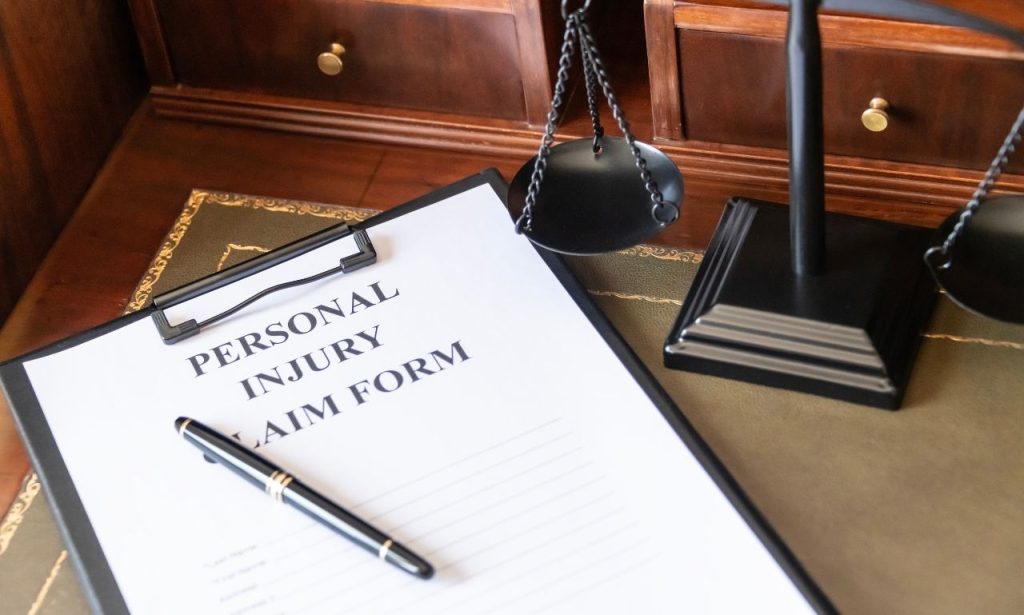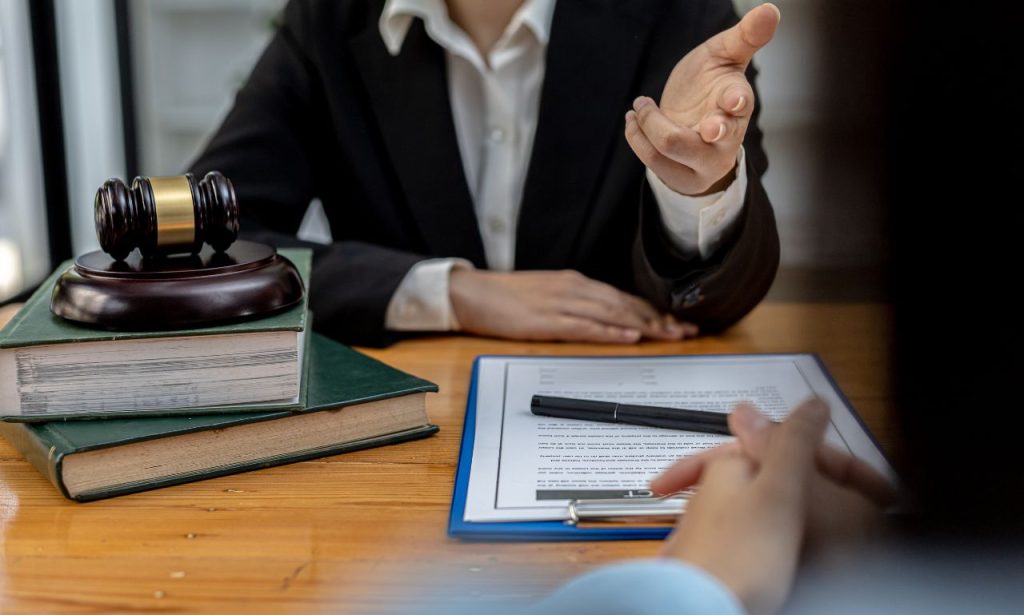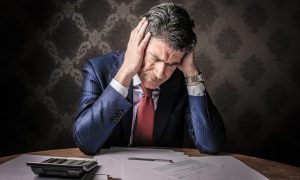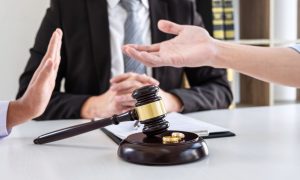Personal injury claim process can be overwhelming, but understanding each step can ease the journey and ensure you get the compensation you deserve. Whether you’re dealing with injury lawyer services or handling things on your own, here’s a detailed guide to help you through.
Key Stages in the Personal Injury Claim Process
Embarking on a personal injury claim involves several critical stages. Each step is crucial in building a strong case and maximizing your potential settlement.
Medical Documentation and Evidence
Seek immediate medical attention, and ensure all injuries are documented. Medical records serve as powerful evidence, illustrating the extent of your injuries and validating your claims. Photos, witness statements, and police reports further bolster your case.
Benefits of seeking injury lawyer services
Connecting with experienced injury lawyer services can make a significant difference. An attorney guides you through legal complexities, offers strategic advice, and fights for your rights. Their expertise is invaluable in negotiating with insurance companies and opposing counsel.
Investigating the Accident Details

A thorough investigation involves revisiting the accident scene, examining evidence, and possibly reconstructing events. An exhaustive investigation strengthens your claim by establishing facts and pinpointing liabilities.
Understanding Liability
Determining who is at fault is a cornerstone of any personal injury claim. Clarity on liability shapes the direction of your case and influences the compensation you may receive.
How to identify Liable Parties
Sometimes, liability isn’t straightforward. Multiple parties might share responsibility, including individuals, companies, or even governmental entities. Identifying all liable parties ensures that you pursue all possible avenues for compensation.
The Role of Negligence in Personal Injury Claims
Negligence is the failure to exercise reasonable care, leading to someone else’s injury. Proving negligence involves showing that the party had a duty of care, breached that duty, and caused damages as a result. This is where injury attorney professionals shine, using their skills to establish negligence convincingly.
How to Draft a Demand Letter
The demand letter is your formal request for compensation, outlining your injuries and associated costs.
Purpose of the Demand Letter
This letter initiates the negotiation process with the at-fault party’s insurance company. It details your injuries, medical treatments, lost wages, and other damages, setting the stage for settlement discussions.
Key Components of an Effective Demand Letter
An impactful demand letter is clear, concise, and comprehensive. It should include a factual account of the incident, a summary of medical treatments, a breakdown of financial losses, and a specific compensation demand. Precision and professionalism here can sway negotiations in your favor.
How to Negotiate with Insurance Companies
Insurance adjusters aim to minimize payouts. Being prepared for this critical phase can significantly affect your settlement.
Common Negotiation Strategies
Stay firm but respectful. Provide clear evidence of liability and damages. Be wary of quick settlement offers that undervalue your claim. Using injury legal services can level the playing field, as attorneys are adept at negotiation tactics.
What to Do If Negotiations Fail
If negotiations stall or the insurer refuses a fair offer, don’t despair. You have the option to escalate the matter by filing a lawsuit. This step signals your commitment to securing rightful compensation.
Steps to Take When Filing a Lawsuit

Taking legal action is a significant decision requiring careful consideration.
When to Consider Litigation
If settlement offers don’t cover your damages adequately, or liability is disputed, litigation might be the best path. It’s essential to weigh the potential costs and benefits with your attorney.
Lawsuit Process
Filing a lawsuit sets a formal legal process in motion. It begins with a complaint filed in court, notifying the defendant of your intentions. From there, the case progresses through several stages toward resolution.
Key Stages of a Personal Injury Lawsuit
- Pleadings: Formal documents stating each party’s claims and defenses.
- Discovery: Exchange of evidence and information between parties.
- Trial Preparation: Finalizing arguments, witness lists, and evidence.
- Trial: Presenting the case before a judge or jury for a verdict.
The Discovery Phase
Discovery is a critical component, allowing both sides to gather pertinent information.
Importance of Discovery in Personal Injury Cases
This phase uncovers evidence that can make or break a case. It ensures transparency and helps each party assess the strengths and weaknesses of their positions.
Types of Evidence Collected During Discovery
Depositions
Depositions involve sworn testimonies that are recorded outside of court. During a deposition, attorneys question a witness under oath in the presence of a court reporter who transcribes the entire proceeding.
Depositions allow attorneys to gather information, assess a witness’s credibility, and obtain admissible evidence for trial. The witness, who may be a party to the case or a third party, is required to answer questions truthfully.
Attorneys from both sides have the opportunity to ask questions, and the transcript of the deposition can be used as evidence in court. Depositions are an essential tool for uncovering facts, testing legal theories, and preparing for trial.
Interrogatories
Interrogatories are written questions that require written answers under oath. They are a formal set of questions sent from one party to another, designed to gather relevant information about the case. The receiving party must answer the interrogatories truthfully and completely within a specified time frame, usually 30 days.
Interrogatories can cover a wide range of topics, such as the details of an incident, the extent of injuries, or the identity of potential witnesses. The answers to interrogatories are considered sworn statements and can be used as evidence in court. This method of discovery allows parties to obtain important information without the need for a formal deposition.
Document Requests
Document requests involve seeking access to relevant documents, such as medical records, communications, contracts, and other written or electronic materials. Parties to a case can request documents from each other or from third parties who may possess relevant information. The requested documents must be produced within a specified time frame, barring any objections or claims of privilege.
Document requests are crucial for obtaining evidence that supports a party’s claims or defenses. For example, in a personal injury case, medical records can provide proof of the extent and nature of the plaintiff’s injuries, while communications between parties can shed light on liability issues.
Physical Examinations
Physical examinations, also known as independent medical evaluations (IMEs), may be necessary in certain cases, particularly those involving personal injury claims. An IME is a medical examination conducted by a doctor who is not the plaintiff’s treating physician.
The purpose of an IME is to provide an objective assessment of the plaintiff’s medical condition and to determine the cause, extent, and permanence of any alleged injuries. The examining doctor is typically selected by the defendant or the defendant’s insurance company. The results of an IME can be used as evidence to challenge the plaintiff’s claims regarding the severity of their injuries or the necessity of ongoing medical treatment.
Pre-Trial Motions and Hearings

Before the trial, various motions and hearings set the legal boundaries.
Overview of Pre-Trial Motions
Attorneys may file motions to dismiss parts of the case, exclude certain evidence, or request summary judgment. These motions can streamline the trial or even resolve the case beforehand.
How Pre-Trial Hearings Can Impact Your Case
Decisions made during pre-trial hearings can significantly influence the trial’s direction. They can limit what evidence is admissible or clarify legal points, affecting strategies on both sides.
Going to Trial
If settlement remains unreachable, the case proceeds to trial.
What to Expect in a Personal Injury Trial
Trials are structured and formal. Both sides present opening statements, witness testimonies, cross-examinations, and closing arguments. The judge or jury then deliberates and renders a verdict.
Key Roles in the Courtroom
- Plaintiff and Defendant: The parties involved in the lawsuit.
- Attorneys: Legal representatives arguing the case.
- Judge: Oversees the trial, ensures legal procedures are followed.
- Jury: A group of citizens who evaluate evidence and render a verdict (in jury trials).
- Witnesses: Individuals providing testimony to support either side.
Post-Trial Considerations

The trial’s conclusion doesn’t always signify the end of the road.
Understanding Possible Outcomes
The verdict may award compensation, dismiss the case, or find partial liability. Understanding these outcomes helps in planning the next steps, whether it’s collecting the award or considering further legal action.
Options for Appeal
If the outcome is unfavorable, you might have grounds to appeal. An appeal challenges legal errors that may have occurred during the trial. Discuss with your injury lawyer services to determine if this is a viable option.
Ready to take the next step? Connect with trusted injury lawyer services today to champion your rights and secure the justice you deserve!
ALSO READ: What Does It Mean to Be Awarded Legal Fees?
FAQs
A: The duration varies based on case complexity, but it can range from a few months to several years, especially if it goes to trial.
A: Yes, many jurisdictions follow comparative negligence laws where you can recover damages minus your percentage of fault.
A: Many attorneys work on a contingency fee basis, meaning they only get paid if you win your case, typically taking a percentage of the settlement.
A: You can appeal the decision, negotiate further, or proceed to file a lawsuit to pursue rightful compensation.





